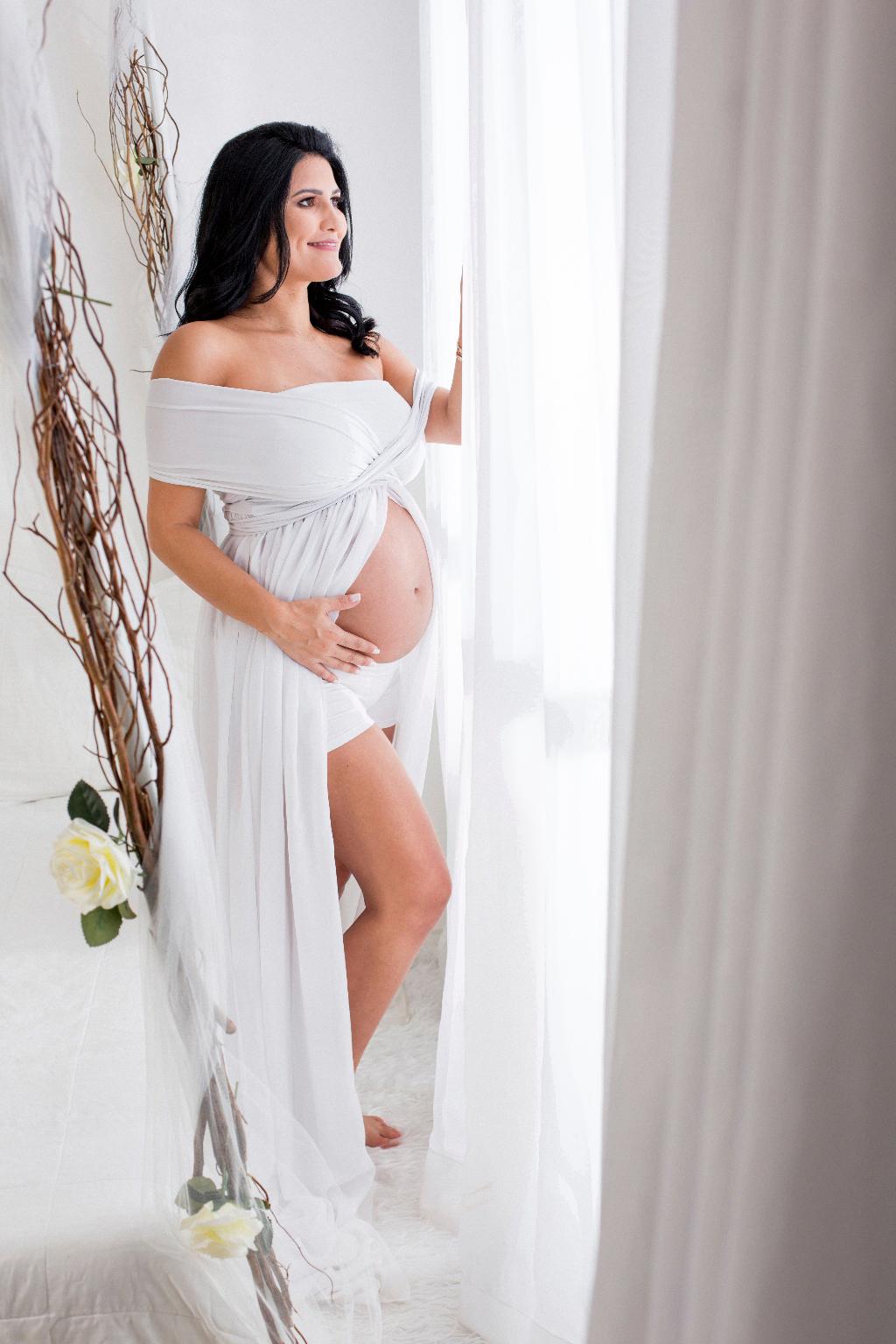Many individuals may find themselves wondering, “Why does my belly button itch after a C-section?” It is essential to recognize that the human body undergoes a complex process of healing following a Caesarean delivery. In the initial stages of this healing journey, various sensations, including itching, may arise.
Normal Healing Responses
Dr. Rawlins elucidates that experiencing pain and itching during the early phases of wound healing is a common occurrence. As the body works diligently to repair the incision site, these sensations should gradually diminish over time, offering relief to the individual.
Inflammation and Itching
One key factor contributing to post-C-section itching is the presence of inflammation. When the body initiates the wound healing process, it releases specific chemicals, such as histamines, into the affected area. These histamines can trigger itchiness, adding to the discomfort experienced by the individual.
Role of Histamines
Histamines play a vital role in the body’s immune response, aiming to combat potential threats and facilitate the healing process. However, in some cases, an excess of histamines can lead to heightened itching sensations around the belly button post-C-section.
Scar Tissue Formation
Another aspect to consider is the formation of scar tissue following a C-section. As the body repairs the incision site, scar tissue develops to reinforce the healing area. This new tissue can sometimes contribute to itching as the nerves in the region regenerate and normalize.
Healing Nerve Endings
Throughout the healing journey, the nerve endings around the incision site undergo a process of restoration. As these nerve endings repair and reconnect, individuals may experience sensations like itching, tingling, or mild discomfort around the belly button area.
Skin Sensitivity
Post-C-section, the skin around the belly button may exhibit heightened sensitivity. This increased sensitivity can make the area more prone to itching sensations, as the skin adjusts to the changes brought about by the surgical procedure.
Hygiene and Care Practices
Proper hygiene and care practices play a crucial role in managing post-C-section itching. Maintaining cleanliness around the incision site, ensuring it remains dry, and following the healthcare provider’s instructions can aid in alleviating discomfort and promoting effective healing.
Consulting a Healthcare Professional
If persistent or severe itching around the belly button persists post-C-section, consulting a healthcare professional is advisable. Healthcare providers can offer guidance tailored to the individual’s specific situation, addressing any concerns and providing personalized recommendations for relief.
Emotional Well-being
It is essential to recognize the emotional impact of post-C-section itching on an individual’s well-being. Coping with discomfort and itching can be challenging, and seeking support from loved ones or healthcare professionals can contribute to overall emotional well-being during the healing process.
Supportive Measures
Engaging in activities that promote relaxation and comfort, such as gentle walks, mindfulness practices, or connecting with support groups, can aid in managing post-C-section itching. Prioritizing self-care and well-being can enhance the healing journey and promote a sense of empowerment.
Conclusion
While it is common to experience itching around the belly button after a C-section, understanding the underlying mechanisms and factors at play can help individuals navigate this aspect of the healing process. By staying informed, seeking support when needed, and prioritizing self-care, individuals can promote effective healing and well-being post-C-section.

